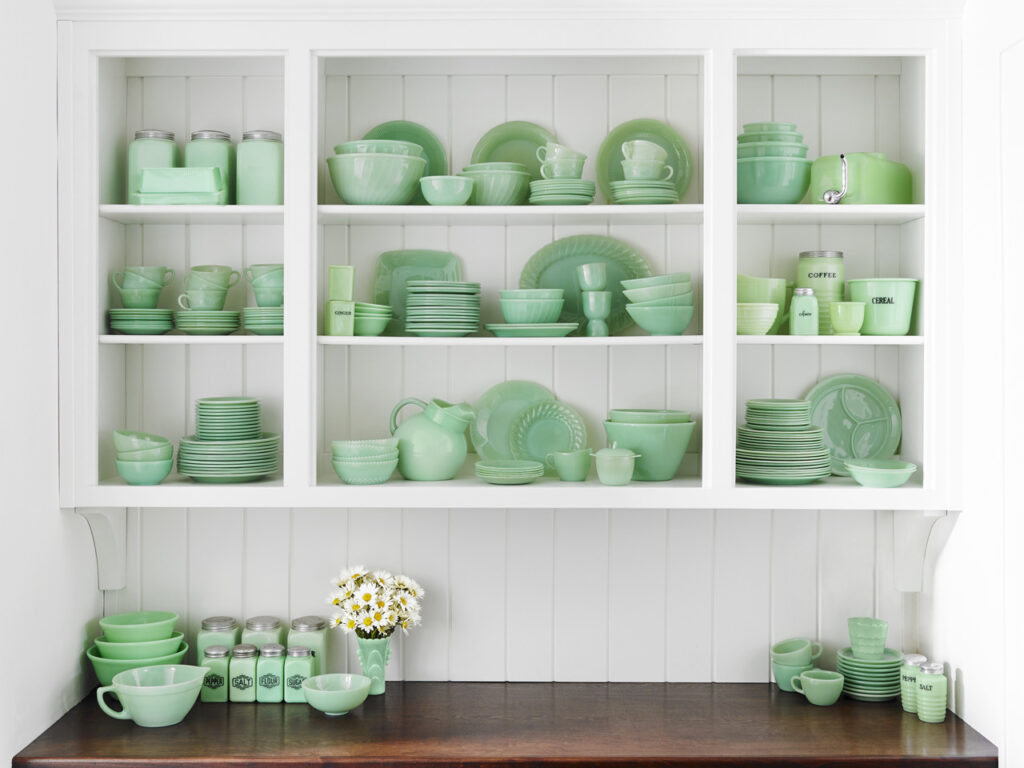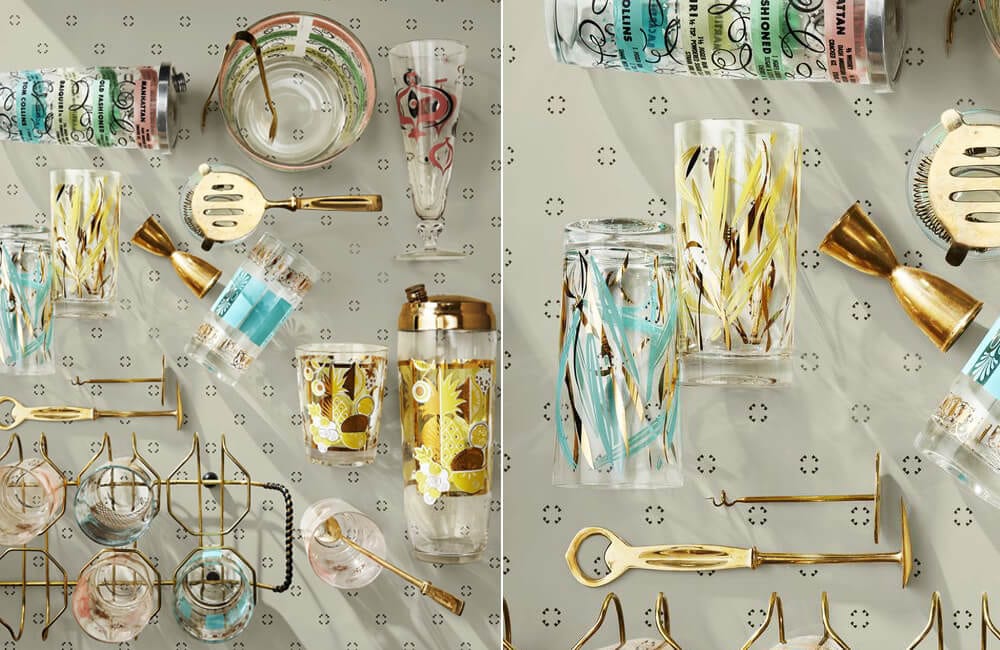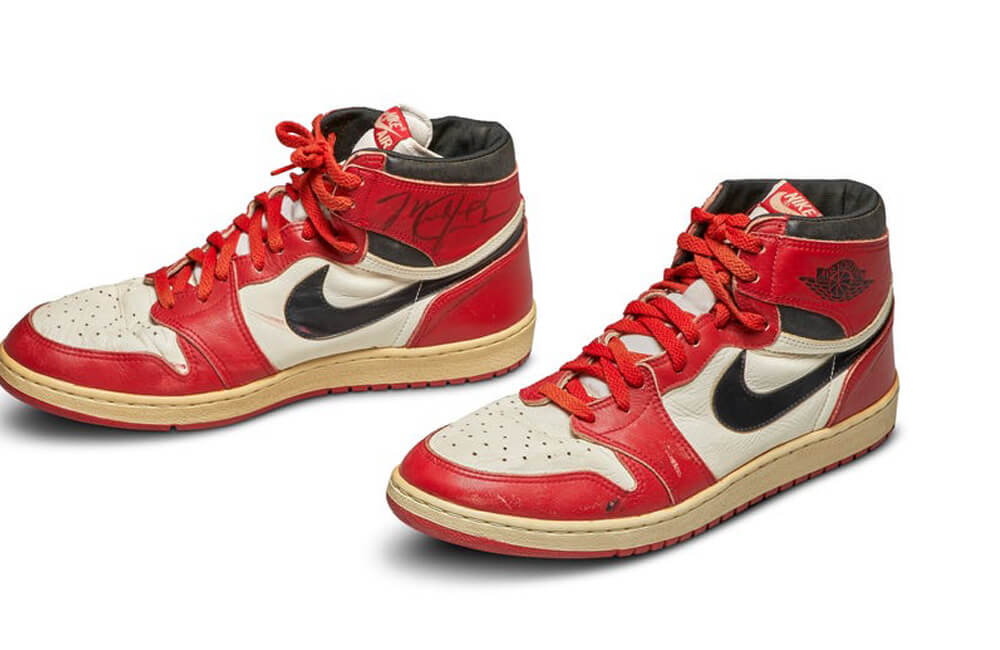What is my stuff worth?

LIQUIDATING THE PAST
Whatcha gonna do with all that junk, all that junk that’s in your trunk? By mid-life, most of us have too much stuff. Stuff we’ve collected over the decades. Stuff that belonged to our parents. If you have an attic or basement, is it packed with boxes you haven’t opened in 10, 20 years, or more? (If so, we understand.)
But the good news is: some of that stuff may be surprisingly valuable. The surprising news is: the luxury items that cost a fortune back in the day may have shockingly low resale value now. Why? The market is fickle. Times change, and tastes change with them.
OUTDATED LUXURY

Case in point: mink. Circa 1950, a mink stole was the height of status-conscious fashion. And today, you may find a gently used mink on eBay, Etsy, and all the rest for about $100-200 versus the thousands the fur originally cost. Another example: in genteel times, even the humblest of homes had a piano in the parlor. Today, with residential downsizing and changes in family structure, you can often pick up a perfectly functional piano for next to nothing (or literally nothing).
Another example: pearls. Not fakes, actual pearls pulled from the cold, wiggly center of a live mollusk. Until about 20 years ago, pearls were a rarity and priced accordingly. Today, pearls are aquacultured all over Asia in vast indoor warehouses filled with thousands of bubbling tanks. As a result, it’s now possible to snap up a fine strand of genuine pearls with a dainty 14-karat gold clasp for $100 or less. Yes, some pearls, like massive Tahitian Black “Fireballs” and flawless round Mikimotos, still command beaucoup Benjamins. But chances are that the strand you or your mom wore a lifetime ago doesn’t represent a huge cash return (although only a professional appraiser will know for sure).
SCRAPYARD ROMANCE
Jewelry resale is often tricky. You may reason that gold is gold, and diamonds are diamonds, right? Right. But precious stones including diamonds present themselves in the marketplace in a wide range of qualities. Not all diamonds are created equal. The same goes for other gemstones. If the gemstones in your jewelry are cloudy, poorly faceted, low in luster, and if the style of the setting is dated or no longer popular, you may be offered the scrap-metal price, meaning the going rate for gold (or platinum or silver) on any given day.
But hey, maybe we’re talking about that big, nasty cocktail ring from that big, nasty, cheating ex. Won’t it do your heart good to know that those painful memories are being melted down at a fierce 1,948 degrees Fahrenheit (ouch!) and purified into something new?

Another thought: Bakelite, basically an early form of plastic used during the 1930s and 40s, is hot and has remained hot for decades among collectors. Thick, chunky bangles, often in autumnal browns, ambers, oranges, and butterscotch shades, reliably command several hundred dollars a pop. This is a classic instance of “junk” or costume jewelry outstripping the precious metal category.
Wealth analysts project record highs for gold in 2023, and as this article goes live, gold sells for between $1,838 and $1,850 per troy ounce (a troy ounce is just a li’l bit heavier than a standard ounce). So, that’s a tiny bit heavier than, say, one tablespoon of sugar, a AA battery, or 10 paper clips…$1,838 to $1,850. Let that one sink in. Then head off to your nearest appraiser or high-end pawn shop!
A stash of old coins may prove valuable, starting with silver coins minted prior to 1965. Most choice of all: a “Flowing Hair” Silver-Copper Dollar, minted with a value of one dollar, can command (wait for it) 10 million dollars at auction. And check your change purse for a 1943 copper penny– these are valued between $60,000 and $200,000 since only forty (4-0) were ever minted. Experts never recommend buying functional, precious metal things— jewelry, candlesticks, hollow ware, flatware– as investments, because they almost always depreciate. Of course, buy jewelry if it makes you happy. But buy it to wear it, rather than with the expectation that it will always be worth what you pay for it.
PROBABLY NOT WORTH MUCH (…but you never know!)
- Wooden furniture A truly inconsistent area of resale is “brown” furniture, meaning wood-grain furniture. This category falls in and out of favor every decade or so. A few genres, like genuine Stickley, Chippendale, and Danish modern (okay, Swedish, but an IKEA-produced red “clamshell” chair circa 1944 sells for $64,000), will pretty much always command a pretty penny, but other types of brown wood furniture, including very old, ornate furniture from the 19th century, typically won’t move in the resale market. A general piece of advice: dust and clean wood furniture gently but resist the urge to have wooden furniture refinished with the expectation that doing so will raise its value. It won’t, and may in fact reduce the item’s marketability. Some buyers want to see the original patina.
- LPs You’ve probably read about a rare LP selling in the tens of thousands. Possible? Yes. Likely? Nope. True, there is a subculture of nostalgic vinyl enthusiasts, and they spin those old 33 1/3 discs with great reverence. But more than likely, the local record trader will offer you about five bucks per BOX, after quickly flipping through to spot any unusual sides. As for your old school CDs, cassettes, 8 tracks: listen to them, dance to them, or toss them. They will not make you rich. But, okay, there ARE exceptions: a pristine copy of the 1968 Beatles’ White Album, originally priced at $11.28, recently sold at auction for $790,000. And a rare copy of 1974’s Diamond Dogs by David Bowie, without the airbrushed cover art, sold for $3,550. Another one to look for: the original soundtrack to Xanadu, 1980: estimated worth is $4,850.And, concert posters stand more of a chance of being valuable because they’re fragile and were simply made to be briefly posted, then ripped down. A 1966 Shea Stadium Beatles poster sold for $135,700 at auction, setting a world record. In the same vein, classic movie posters can prove to be a goldmine, with a 1931 poster for Bela Lugosi in Dracula commanding $525,800 at auction recently, topped by the $1 million sale of the 1932 poster for The Mummy starring Boris Karloff.
- Used Clothing A legit designer garment (or Birkin bag) — LaCroix, Chanel, Hermes, Prada, Balenciaga — will always command something in resale, although usually a mere fraction of what you paid for it in 1970. Other items, not so much. Used (vintage) clothing is pretty much the domain of flea markets, swap meets, and yard sales, versus heavy-earning, high-end resale. Racks and racks of thousands of sad ol’ Hawaiian shirts are out there, hoping for a new home. If your items are in this category (somebody’s wedding dress, cashmere sweater with a moth-hole, “Dress for Success”-era blazer with linebacker padded shoulders), why not get together with some girlfriends and put together a group yard sale? Donate the earnings to your church or a worthy social cause. But yes, there are exceptions, notably original Levi’s denim items. The company was founded in 1853, and dungarees and jackets from that period fetch $60,000 and more. And, Nike Air Jordans. They cost $65 in the mid-80s, and now command up to $560,000!
- Paintings, unless…. What dealers call provenance — where the painting came from, meaning not just who painted it, but who purchased it and who else has owned it — is most important. There’s no disputing taste. If you think you have a painting that may be a masterpiece, have it appraised. Again, do not aggressively clean a painting you intend to sell. And if the painting is in a funky old frame, leave it that way: the frame may add to the value. If you’ve got a large equestrian or hunting oil painting, think twice before dumping it: it could be a forgotten George Stubbs, worth somewhere around $36 million.
- Most Books This is a sad fact: most libraries won’t even take them, not even those huge, expensive, gorgeously printed art books. Exceptions: first editions and signed first editions. A signed, 1963 first edition of Where the Wild Things Are by Maurice Sendak recently sold for $25,000. Also, keep your eyes peeled for a 1961, first edition of Julia Child’s The Art of French Cooking (it’s worth about $2,000), or a 1910 first edition of the Boy Scouts Handbook (Scout’s honor, it’s worth a lot!).


A quick vocab check: the terms “antique” and “vintage” are thrown around freely by sellers, always to increase perceived value. If you want to be accurate, a true antique is 100 years old, or older. “Vintage” is a far looser identifier, generally meaning anything that was made prior to about 1980.
SURPRISE! And yet, some of the most ordinary things may be hot as resale. If you have classic mid-century items, meaning 1950s items pieces with an “Atomic Age” or space theme, these pop culture collectibles may be very attractive to Millennial and Gen Z buyers. Barware and kitchen items from this era, especially Jadeite, are popular now. Next, do a quick inventory: do you have any of the below?
- Baseball cards and memorabilia — A 1927 World Series ticket stub recently sold for $41,825, a New York Yankee Bobblehead 1961-62 at $59,750, and the Honus Wagner Baseball card, regarded as the Holy Grail among collectors, sold for $6.6 million dollars, while a Mickey Mantle card sold for $5.22 million. More recent sports treasures may also be valuable: a 2018-19 Luka Doncic basketball card recently sold for $4.6 million, and Mark McGwire’s 70th home run baseball went for a cool $3 million at auction.
- Comic books — A mint-condition, 1962 Marvel Comics Amazing Fantasy #15 recently sold to a Spider-Man collector for $1.1 million, while a coveted copy of Detective Comics #27 sold for $1.27 million. Other magazines may potentially be valuable: a mint-condition copy of the December 1953 Playboy with Marilyn Monroe on the cover went for $635,000, while first editions of Sports Illustrated can command several hundred into the low thousands.
- Metal lunchboxes — A 1953 Superman lunchbox recently sold for $13,225.
- Action figures — A first-edition Hasbro G.I. Joe (with box) recently sold for $200,000. Even some more modern toys are also in great demand, including the Mattel 1986 Master of the Universe Eternia Playset, valued at $9,999 by collectors today.
- Original Barbies (Mattel’s rather sullen-looking 1959 version, originally priced at $3, recently sold for $27,450). Just the patent-leather case used to carry the doll can command $375 at auction!
- Toys — Other toys from the 60s and 70s may deserve a second look, like Mattel’s 1969 Hot Wheels Volkswagen Beach Bomb, a groovy hot-pink microbus with an orange surfboard. Asking price: $72,000. And Mattel’s 1968 purple roadster, the Hot Wheels 1968 Beatnik Bandit designed by pop icon Ed “Big Daddy” Roth, commands $15,000. And are you the owner of a 1993 “Patti the Platypus” Beanie Baby? Good news: it’s worth around $9K.
- Older cast-iron mechanical banks, as well as 1930s-era metal toys like a pre-World War II Meccano Dinky Toys truck, are highly collectible, but beware: the market is flooded with convincing replicas.
- Corningware and Pyrex kitchenware — Weird, right? A 1959 Pyrex casserole dish commands $4,000 on the market today.
- Zippo lighters — Every GI’s buddy, an original from the 1930s may sell for $18,000.
- Stamps — As with LPs, most are worthless. But a USPS stamp printed with an error– the 1918 “Inverted Jenny,” most famously — may be worth millions. Also, look for rare Hawaiian Missionary stamps.
- Train sets and board games — A 1934 Lionel Standard Gauge Model Train Set can score you $250,000. The late 60s Lost in Space 3D Action Fun Game sells for about $125,000.
- RCA Victor radios — They look cool. That’s basically enough, RCA’s 1922 Radiola is especially desirable for resale.
These and other kitschy, inexpensive-when-new items are surprisingly hot in today’s market. True, your piano, your mink coat, and your diamond cocktail ring are now viewed as passé, but a plastic Pez dispenser may sell for triple digits.
Bottom line: it’s possible that items you stashed away decades ago are worth something. At the very least, haul it all out before this year ends, and have a look at it. Get appraisals on anything interesting or unusual. And as for the rest, gift it to others if you won’t be using it. No doubt, in your town or city there is a music student who’d LOVE a free piano. And those fussy, rosebud-strewn china dessert plates that belonged to your Mother In Law…isn’t there a historical society nearby that would enjoy them for their monthly tea parties?
Talk to your friends. Do they, too, have boxes of vintage and possibly antique stuff? Consider getting together with a few close friends and inviting an antiques expert (of course, pay her for her time and expertise) over for a group appraisal.
But as for that big, bad mink, and that big, bad cocktail ring…you’re on your own.
#
Be the first to comment